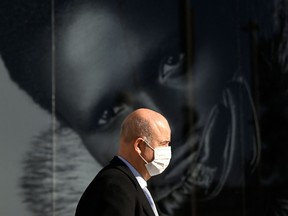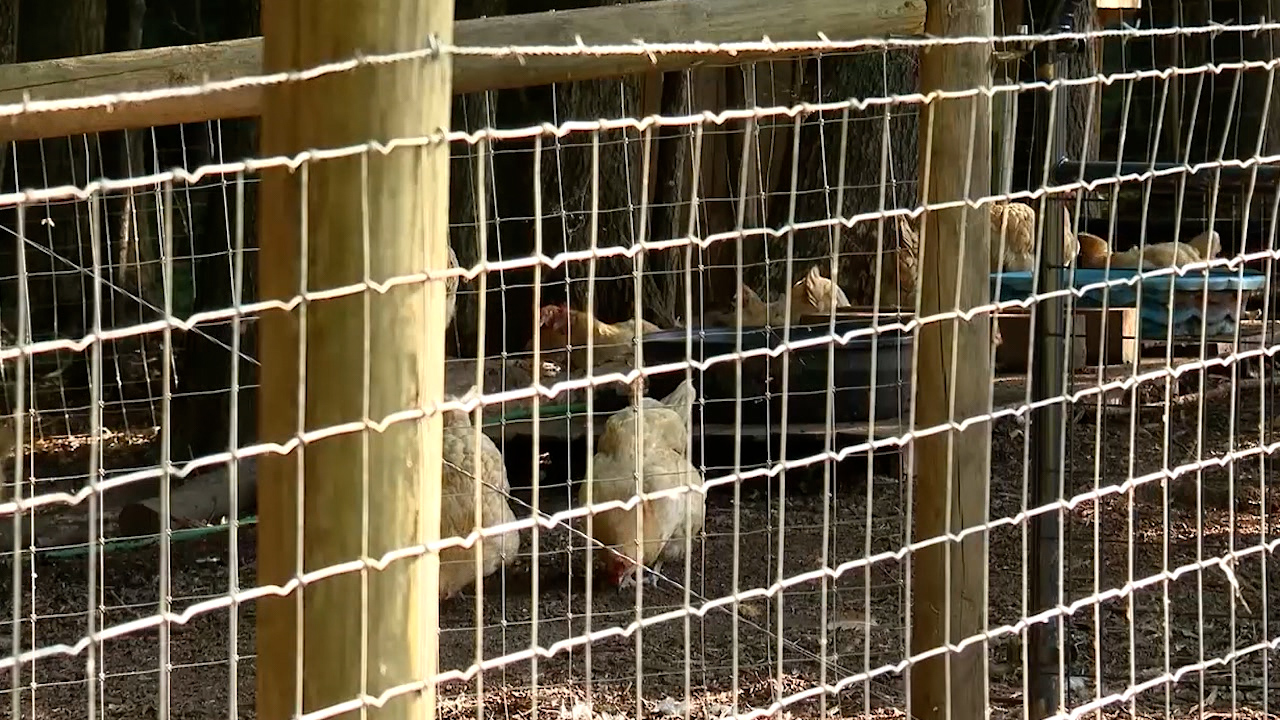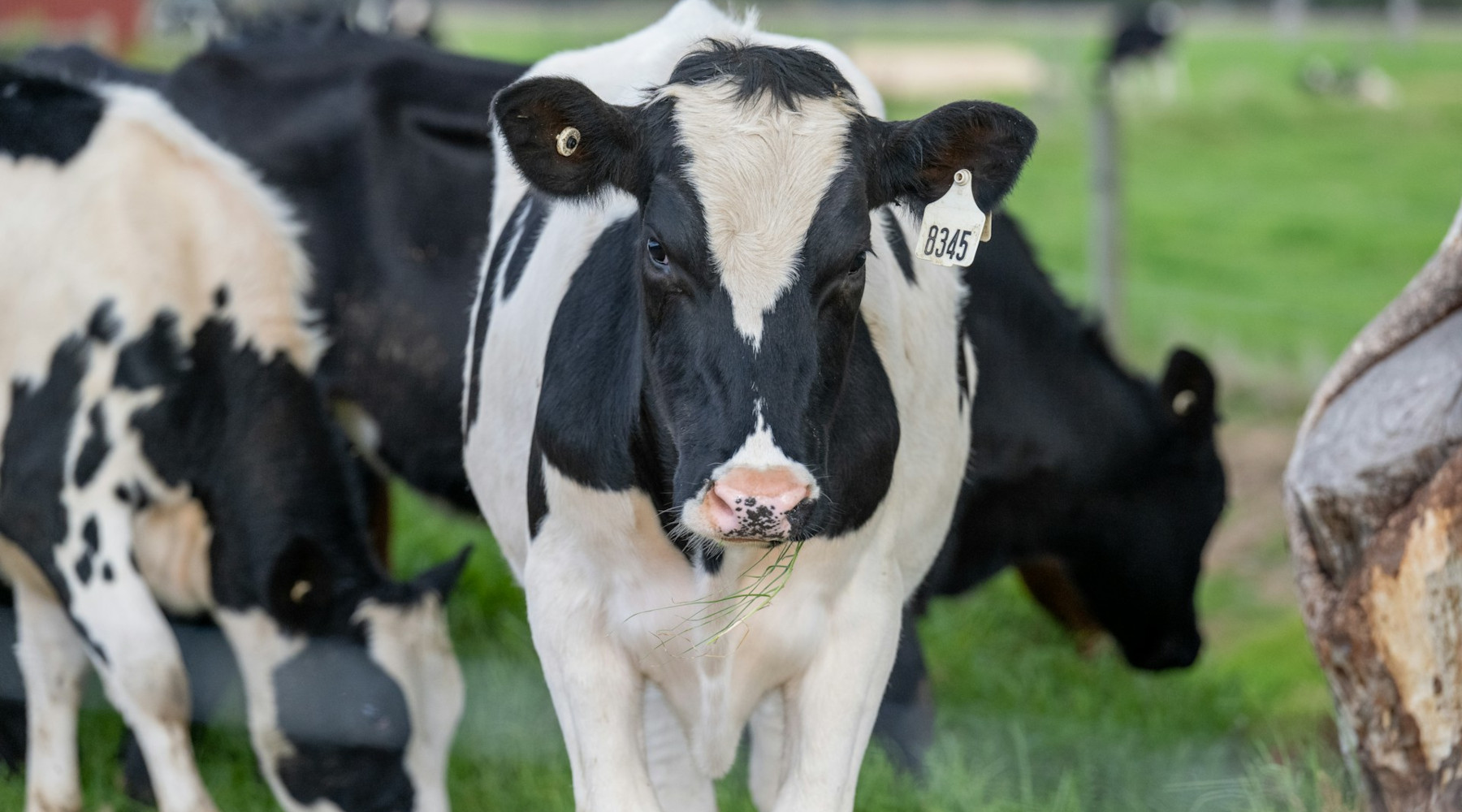Reviews and recommendations are unbiased and products are independently selected. Postmedia may earn an affiliate commission from purchases made through links on this page.
Health
Scientists on alert over rising cases caused by Omicron cousin BA.2 – Toronto Sun

Article content
CHICAGO — The highly transmissible Omicron variant of the SARS-CoV-2 virus – the most common form of which is known as BA.1 – now accounts for nearly all of the coronavirus infections globally, although dramatic surges in COVID cases have already peaked in some countries.
Advertisement
Article content
Scientists are now tracking a rise in cases caused by a close cousin known as BA.2, which is starting to outcompete BA.1 in parts of Europe and Asia. The following is what we know so far about the new subvariant:
“STEALTH” SUBVARIANT
Globally, BA.1 accounted for 98.8% of sequenced cases submitted to the public virus tracking database GISAID as of Jan. 25. But several countries are reporting recent increases in the subvariant known as BA.2, according to the World Health Organization.
In addition to BA.1 and BA.2, the WHO lists two other subvariants under the Omicron umbrella: BA.1.1.529 and BA.3. All are closely related genetically, but each features mutations that could alter how they behave.
Trevor Bedford, a computational virologist at Fred Hutchinson Cancer Center who has been tracking the evolution of SARS-CoV-2, wrote on Twitter on Friday that BA.2 represents roughly 82% of cases in Denmark, 9% in the UK and 8% in the United States, based on his analysis of sequencing data from the GISAID database and case counts from the Our World in Data project at the University of Oxford.
Advertisement
Article content
The BA.1 version of Omicron has been somewhat easier to track than prior variants. That is because BA.1 is missing one of three target genes used in a common PCR test. Cases showing this pattern were assumed by default to be caused by BA.1.
BA.2, sometimes known as a “stealth” subvariant, does not have the same missing target gene. Instead, scientists are monitoring it the same way they have prior variants, including Delta, by tracking the number of virus genomes submitted to public databases such as GISAID.
As with other variants, an infection with BA.2 can be detected by coronavirus home tests kits, though they cannot indicate which variant is responsible, experts said.
MORE TRANSMISSIBLE?
Some early reports indicate that BA.2 may be even more infectious than the already extremely contagious BA.1, but there is no evidence so far that it is more likely to evade vaccine protection.
Advertisement
Article content
Danish health officials estimate that BA.2 may be 1.5 times more transmissible than BA.1, based on preliminary data, though it likely does not cause more severe disease.
In England, a preliminary analysis of contact tracing from Dec. 27, 2021, through Jan. 11, 2022, by the U.K. Health Security Agency (HSA) suggests that household transmission is higher among contacts of people infected with BA.2 (13.4%) compared with other Omicron cases (10.3%).
The HSA found no evidence of a difference in vaccine effectiveness, according to the Jan. 28 report.
A critical question is whether people who were infected in the BA.1 wave will be protected from BA.2, said Dr. Egon Ozer, an infectious disease expert at Northwestern University Feinberg School of Medicine in Chicago.
That has been a concern in Denmark, where some places that saw high case counts of BA.1 infections were reporting rising cases of BA.2, Ozer said.
If prior BA.1 infection does not protect against BA.2, “this could be sort of a two-humped camel kind of wave,” Ozer said. “It’s too early to know if that will happen.”
The good news, he said, is that vaccines and boosters still “keep people out of the hospital and keep people from dying.”
Health
It's possible to rely on plant proteins without sacrificing training gains, new studies say – The Globe and Mail


At the 1936 Olympics in Berlin, a scientist named Paul Schenk surveyed the eating habits of top athletes from around the world. The Canadians reported plowing through more than 800 grams of meat per day on average; the Americans were downing more than two litres of milk daily.
While there have been plenty of changes in sports nutrition since then, the belief that meat and dairy are the best fuel for building muscle persists. These days, though, a growing number of athletes are interested in reducing or eliminating their reliance on animal proteins, for environmental, ethical or health reasons. A pair of new studies bolsters the case that it’s possible to rely on plant proteins without sacrificing training gains, as long as you pick your proteins carefully.
The standard objection to plant proteins is that they don’t have the right mix of essential amino acids needed to assemble new muscle fibres. Unlike animal proteins, most plant proteins are missing or low in at least one essential amino acid.
In particular, there’s one specific amino acid, leucine, that seems to play a special role in triggering the synthesis of new muscle. It’s particularly abundant in whey, one of the two proteins (along with casein) found in milk. That’s why whey protein is the powdered beverage of choice in gyms around the world, backed by decades of convincing research, which was often funded by the dairy industry.
But one of the reasons whey looks so good may be that we haven’t fully explored the alternatives. A 2018 study by Luc van Loon of the University of Maastricht in the Netherlands, for example, tested nine vegetable proteins including wheat, hemp, soy, brown rice, pea and corn. To their surprise, they found that corn protein contains 13.5 per cent leucine – even more than whey.
Based on that insight, van Loon decided to pit corn against milk in a direct test of muscle protein synthesis. Volunteers consumed 30 grams of one of the proteins; a series of blood tests and muscle biopsies were collected over the next five hours to determine how much of the ingested protein was being turned into new muscle fibres. The results, which appeared in the journal Amino Acids, were straightforward: Despite all the hype about whey, there was no discernible difference between them.
A second study, this one published in Medicine & Science in Sports & Exercise by a team led by Benjamin Wall of the University of Exeter in Britain, had similar findings. Instead of corn, it used a mix of 40 per cent pea, 40 per cent brown rice and 20 per cent canola proteins. Since different plants have different amino acids profiles, mixing complementary proteins has long been suggested as a way overcoming the deficiencies of any single plant protein. Sure enough, the protein blend triggered just as much new muscle synthesis as whey.
On the surface, the message from these studies is straightforward: Plant proteins are – or at least can be – as effective as even the best animal proteins for supporting muscle growth. There are a few caveats to consider, though. One is that the studies used isolated protein powders rather than whole foods. You would need nearly nine cobs of corn to get the 30 grams of protein used in van Loon’s study, compared to just three-and-a-half cups of milk.
Another is that plants are generally harder to digest, meaning that not all the amino acids will be usable. That may not be a problem for healthy young adults consuming 30 grams of protein at once, which is enough to trigger a near-maximal muscle response. But for older people, who tend to have blunted muscle-building responses to protein, or in situations where you’re getting a smaller dose of protein, the details of protein quality may become more important.
Of course, the effectiveness of plant proteins won’t be news to notable plant-based athletes such as ultrarunner Scott Jurek or basketball star Chris Paul – but it’s encouraging to see the science finally begin to catch up.
Alex Hutchinson is the author of Endure: Mind, Body, and the Curiously Elastic Limits of Human Performance. Follow him on Threads @sweat_science.
Health
See how chicken farmers are trying to stop the spread of bird flu – Fox 46 Charlotte


CLOVER, S.C. (QUEEN CITY NEWS) — Poultry farmers across the Carolinas aren’t taking any chances. Many are turning to strict protocols as another wave of bird flu continues to threaten the chicken population across the country.
Since 2022, it is estimated more than 90 million birds have either died from the virus or were killed to prevent further spread in the U.S.
“We try to make them the happiest as possible. We always say a happy chicken is a tasty chicken,” owner of Eden Farms Adam Shumate said.
With their happiness in mid, Shumate also wants to keep his chickens alive and healthy. On his farm in Clover, he has implemented protocols to minimize a potential bird flu outbreak.
“We want to be prepared,” he said. “We feel like the things that we can do to prevent it first is the best case because we don’t want to start from scratch with a whole new flock.”
Because bird flu is commonly spread through bird droppings, Shumate is limiting the number of people coming into contact with his flocks. He says this would minimize the chances of someone walking onto the property with bird droppings on the bottoms of their shoes.
On top of monitoring the chickens closely, Shumate and his staff are constantly cleaning their equipment, including what they wear on their feet.
“We have specific shoes that are just for working with the flock and for when we are taking care of them,” Shumate said.
Other farmers, like Holly Burrell, haven’t let a visitor step foot near her hens in Gastonia for more than two years.
No visitors or outside cars are welcomed, and her chickens are separated in what she calls “tent cities.”
“We don’t want to do that because we want them to live their best life,” Burrell said in a 2022 interview with Queen City News.
Recently, health officials have detected bird flu in other animals like seals, squirrels and dolphins.
Earlier this month, bird flu was detected in one of the state’s dairy cow herds. While concerning, state health officials say the overall risk to the general public remains low.
“I’ve not heard of any cases, zero cases of people being affected by this virus associated with food consumption, milk consumption with egg consumption… any of these products we’re getting from farm animals is not really been associated with any human risk at this point,” said Dr. Michael Martin, director of the Veterinary Division at the N.C. Department of Agriculture and Consumer Services.
As of March 28, at least 80 birds in North Carolina were detected with the virus. Back in York County, Shumate says it all starts with the individual farms.
“When it comes to wildlife and things that that, there is only so much that you can do is be observant,” Shumate said. “Keep a healthy flock that way they can find off the infections that may come about.”
Health
CFIA Monitoring for Avian Influenza in Canadian Dairy Cattle After US Discoveries – Morning Ag Clips –


From the field to your inbox, the Weekend Edition of the Morning Ag Clips features stories, trends, and unique perspectives from the farming community. This laid-back edition is great for anyone looking for a fun weekend read.
Morning Ag Clips. All ag. All the time.
-
Business9 hours ago
Honda to build electric vehicles and battery plant in Ontario, sources say – Global News
-



 Science10 hours ago
Science10 hours agoWill We Know if TRAPPIST-1e has Life? – Universe Today
-
Investment13 hours ago
Down 80%, Is Carnival Stock a Once-in-a-Generation Investment Opportunity?
-



 Science24 hours ago
Science24 hours agoWhite House directs NASA to create moon time – The Tartan
-
News14 hours ago
Honda expected to announce multi-billion dollar deal to assemble EVs in Ontario
-
Business21 hours ago
Elon Musk comments on Tesla’s pricing strategy following cuts – TESLARATI
-
Art19 hours ago
‘Luminous’ truck strap artwork wins prestigious Biennale prize in first for New Zealand – The Guardian
-



 Sports19 hours ago
Sports19 hours agoJets score 7, hold off Avalanche in Game 1 of West 1st Round – NHL.com





